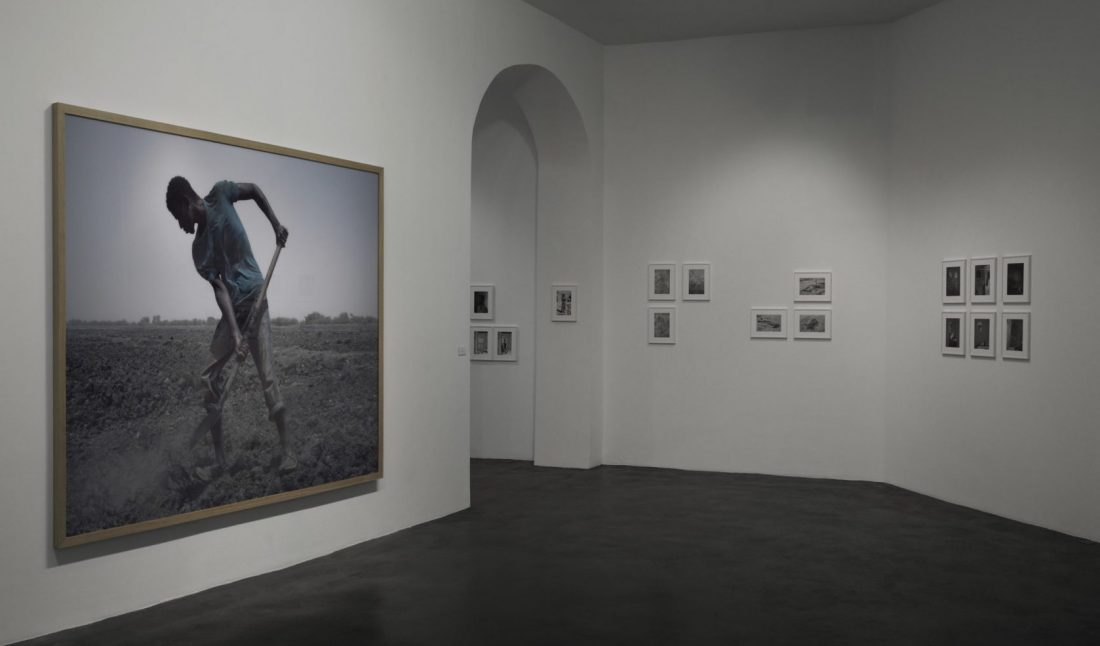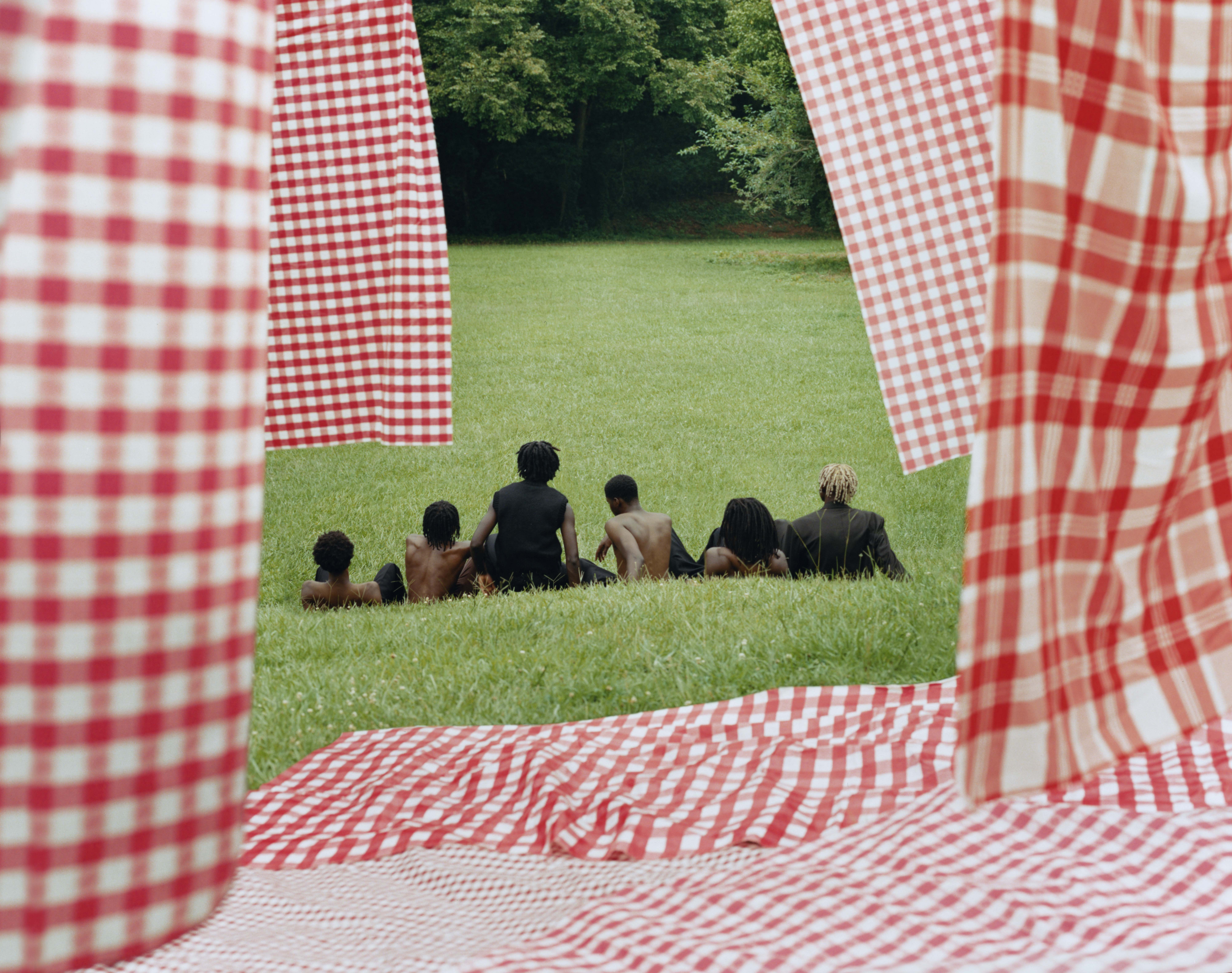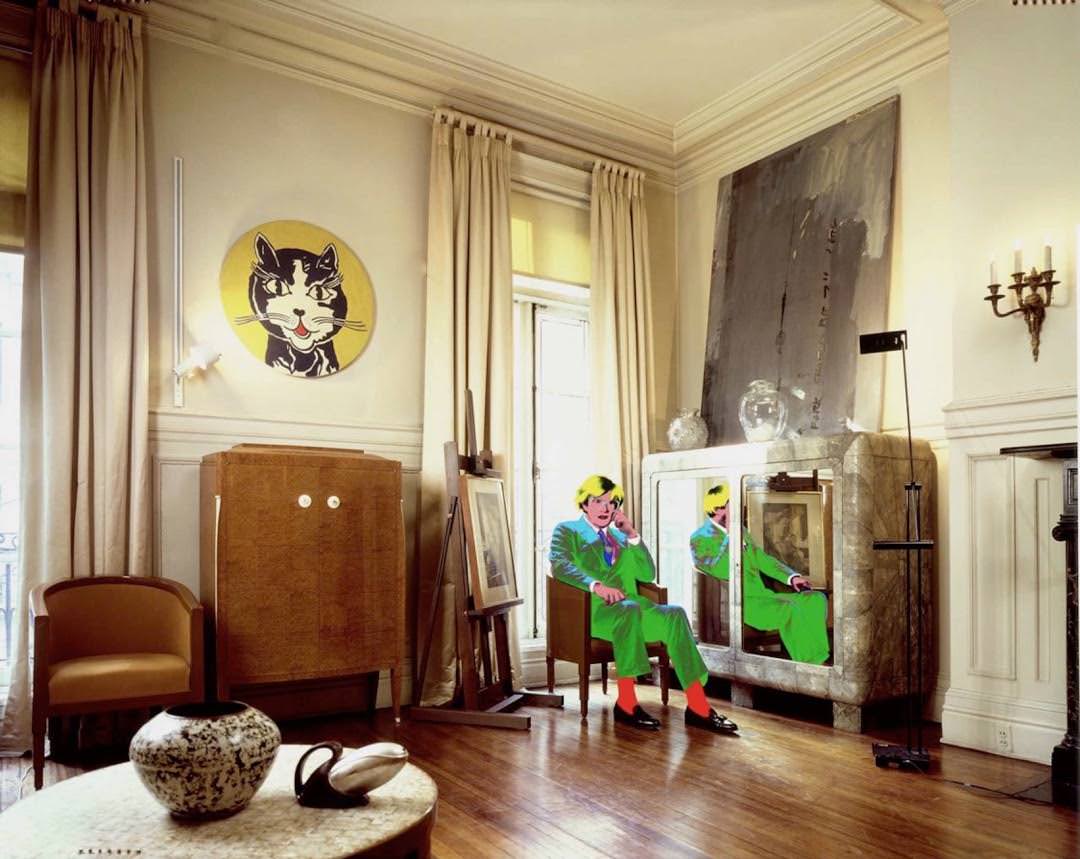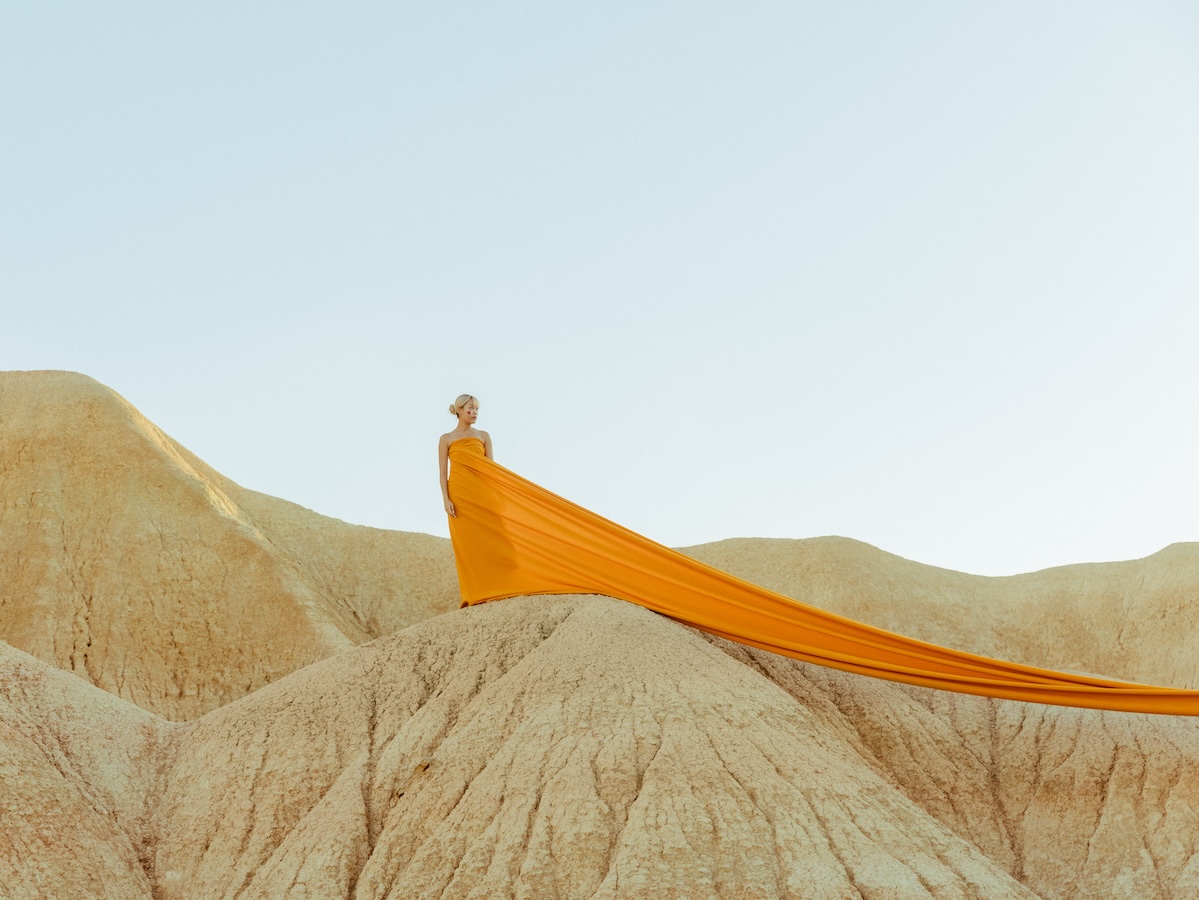The French photographer Luc Delahaye recently showed an exhibition entitled “Le Village” (September 4–November 14) in Paris at Galerie Nathalie Obadia. Shot in a small village in northern Senegal, Delahaye’s works captured the daily life of its inhabitants and their culture through several large-scale photographic tableaux and black-and-white series, all taken during an extended stay.
The show included staged reconstructions of situations, like Sacrifice d’un bélier, a somber and dramatic representation of the ritual killing of a ram, or Le Champ, a monumental picture showing a young man working in a field. It also included works like Le village, le champ—a series of 71 small black and white prints, which belong to a more traditional, descriptive, documentary approach.
To learn more about “Le Village” and its many stories, Whitewall spoke with the artist.
WHITEWALL: Can you tell us about the village explored in your works?
LUC DELAHAYE: I got to know that village very briefly as I was travelling in the country a few years ago. It’s located in the North of the country, along the Senegal river and in the Futa-Toro region, which is mainly populated by Fula people.
In 2019 I decided to go back there and settle down for a few months. I didn’t know yet what I was about to do, but the general idea was to make a chronicle of this very small place through a variety of photographic means. The exhibition includes large color photographs as well as several series of small black and white prints.
WW: Many of the scenes you’ve captured may be foreign to some of your viewers, like Sacrifice d’un belier. Why was it important for your audience to experience these images?
LD: Sacrifices are performed during religious festivities but can also be prescribed by a marabout for a specific purpose. They are a mean to establish a connection with God. These rituals are quite common and they belong to the daily life, but as mundane as they are, they’re always grave moments of intensity with the irruption of the death and the sacred. I was interested by this combination and that’s what I tried to render. It was also the opportunity to try to make a convincing portrait of an animal.
WW: Your work Évocation de Penda Sarr illustrates the story of Penda Sarr, a character who lived in the 19th century. Why?
LD: I simply wanted to undertake the challenge of a complex composition with multiple characters in an interior. The story of Penda Sarr came only after, almost as an excuse to making this picture. Penda Sarr led an adventurous life, full of travels and struggles. Through several episodes, which illustrate her knowledge in religious and magical matters and her very strong personality, she became a legendary figure in the region and is now part of the local folklore. In the picture, I’m playing with the myth and let the viewer decide who, among the characters, is meant to represent her.
WW: What was your overall experience like, arriving at this village as an outsider and wanting to photograph its inhabitants?
LD: Things are easy if you give yourself sufficient time and try not being too preoccupied of getting something. Most of my time was spent not making photographs but just walking around and looking at things.
WW: Your large-scale images were reconstructions of something you’ve experienced before. Why did you want to recreate these scenarios?
LD: I’m working like this most of the time, starting from something I saw by chance, a mere impression sometimes, and trying to interpret it with the means of the composition and the enactment by the people I chose for the task. It becomes interesting when we start to drift away from the original idea and reach something that wasn’t envisioned, something which is produced by the new reality established by the process.
It’s always a simple set up—just the camera on a tripod, my subjects, and myself. We’re trying to encompass a given situation and we work a lot by repeating acts again and again. I usually record much more than needed in order to keep the picture in a relatively undefined state, to have the possibility to change directions again when I’m back at the studio.











